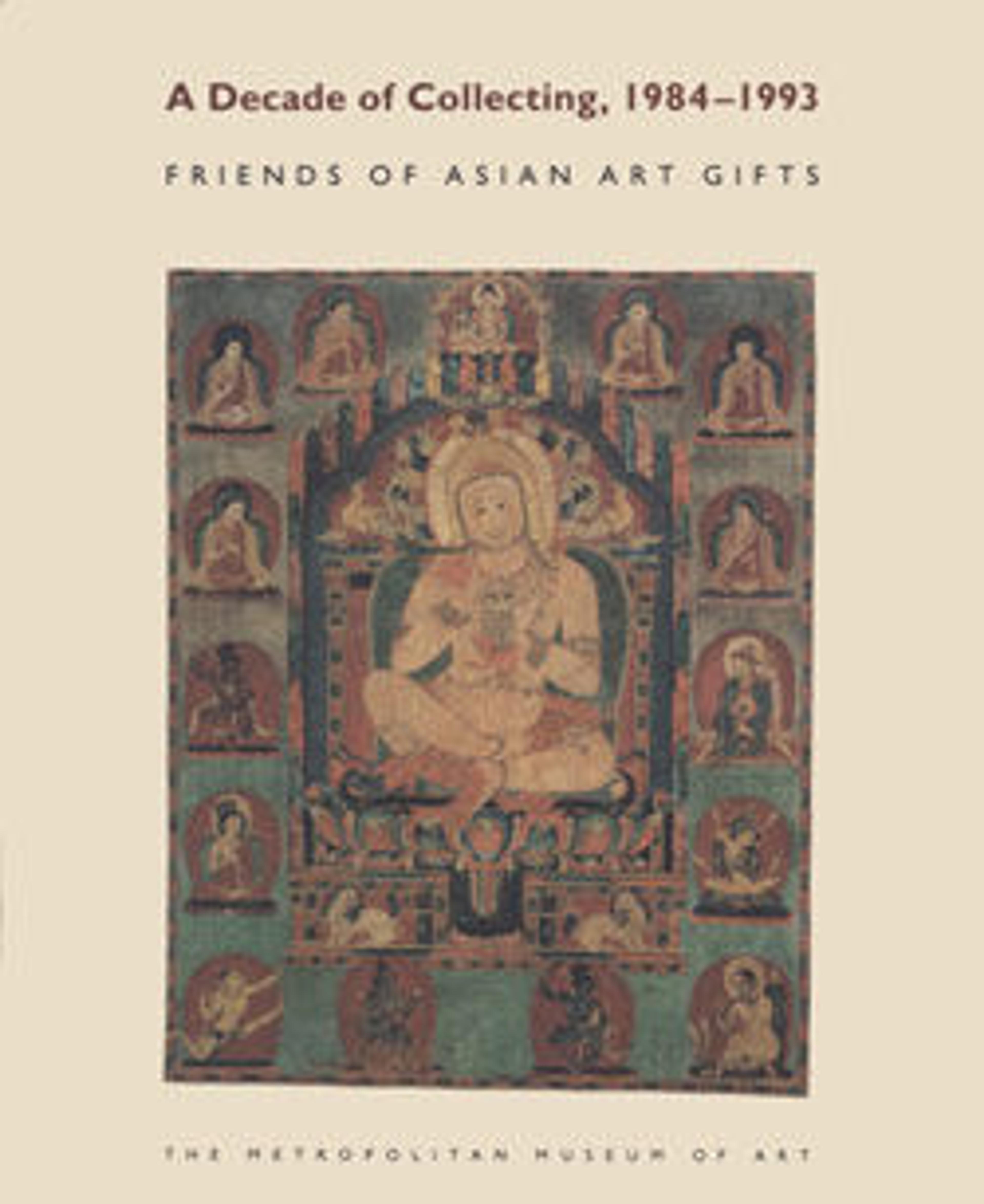Incense Burner in the Shape of a Rooster
This incense burner in the shape of a rooster represents a high point of Edo enameling only rarely found on objects of this size. Except for the head and feet, the rooster's form was not molded but hammered from a sheet of copper alloy. The surface is embellished by intricate chasing on gilded and silvered copper. The
enameling is a result of the champlevé technique, in which silica paste colored by various metallic oxides is set in grooves that are hammered or chiseled out of the metal base, rather than being held by wire soldered onto the base, as in cloisonné.
enameling is a result of the champlevé technique, in which silica paste colored by various metallic oxides is set in grooves that are hammered or chiseled out of the metal base, rather than being held by wire soldered onto the base, as in cloisonné.
Artwork Details
- 鶏香炉
- Title: Incense Burner in the Shape of a Rooster
- Period: Edo period (1615–1868)
- Date: 18th century
- Culture: Japan
- Medium: Copper alloy with enamels, gilding, and silvering
- Dimensions: H. 8 3/8 in. (21.3 cm)
- Classification: Cloisonné
- Credit Line: Purchase, Friends of Asian Art Gifts, 1993
- Object Number: 1993.193a–c
- Curatorial Department: Asian Art
More Artwork
Research Resources
The Met provides unparalleled resources for research and welcomes an international community of students and scholars. The Met's Open Access API is where creators and researchers can connect to the The Met collection. Open Access data and public domain images are available for unrestricted commercial and noncommercial use without permission or fee.
To request images under copyright and other restrictions, please use this Image Request form.
Feedback
We continue to research and examine historical and cultural context for objects in The Met collection. If you have comments or questions about this object record, please contact us using the form below. The Museum looks forward to receiving your comments.
